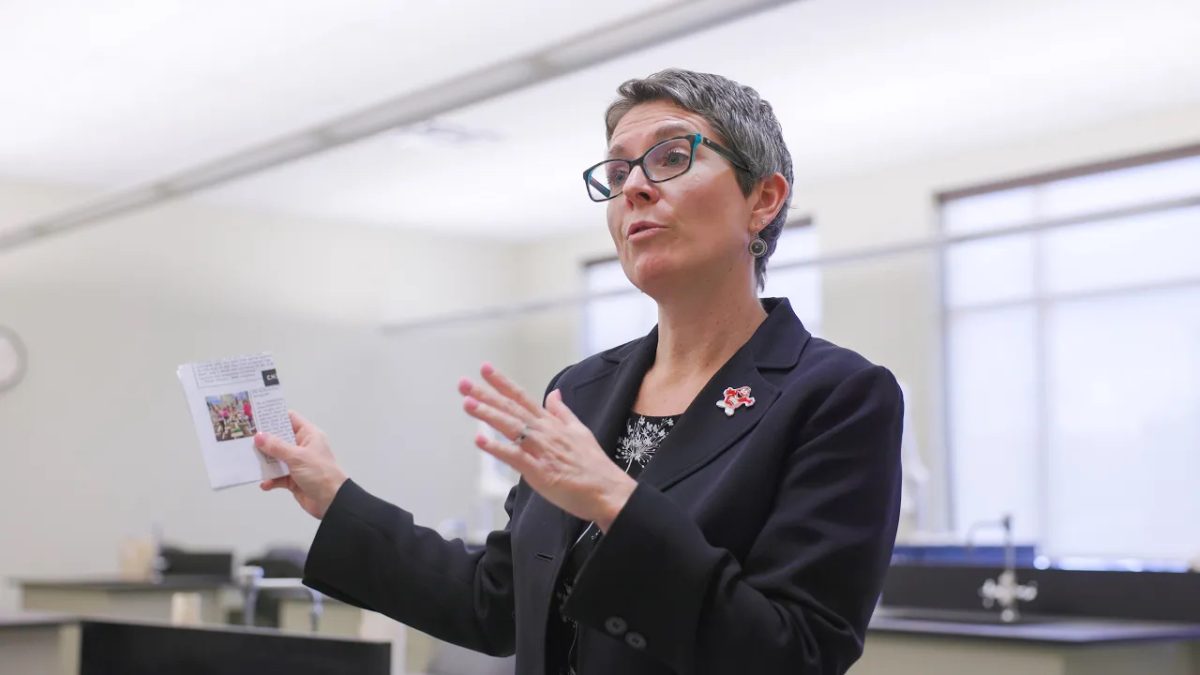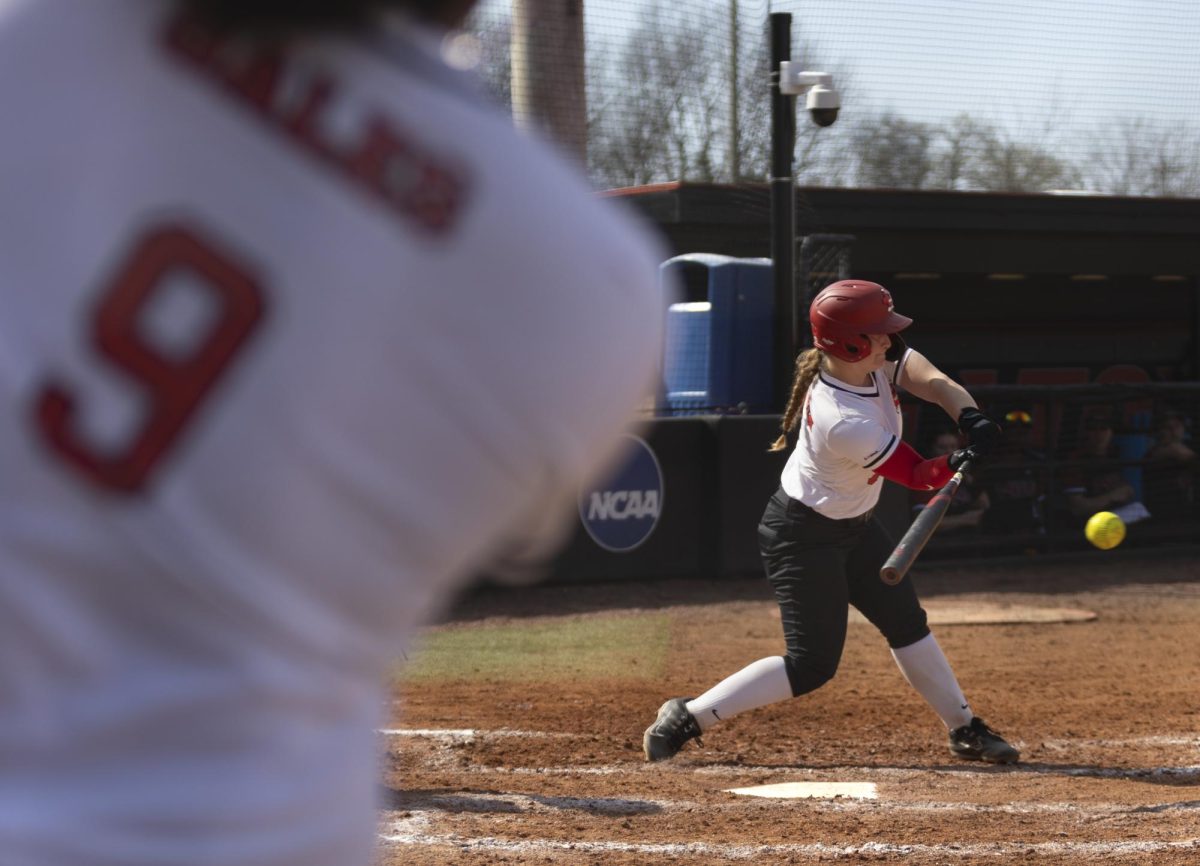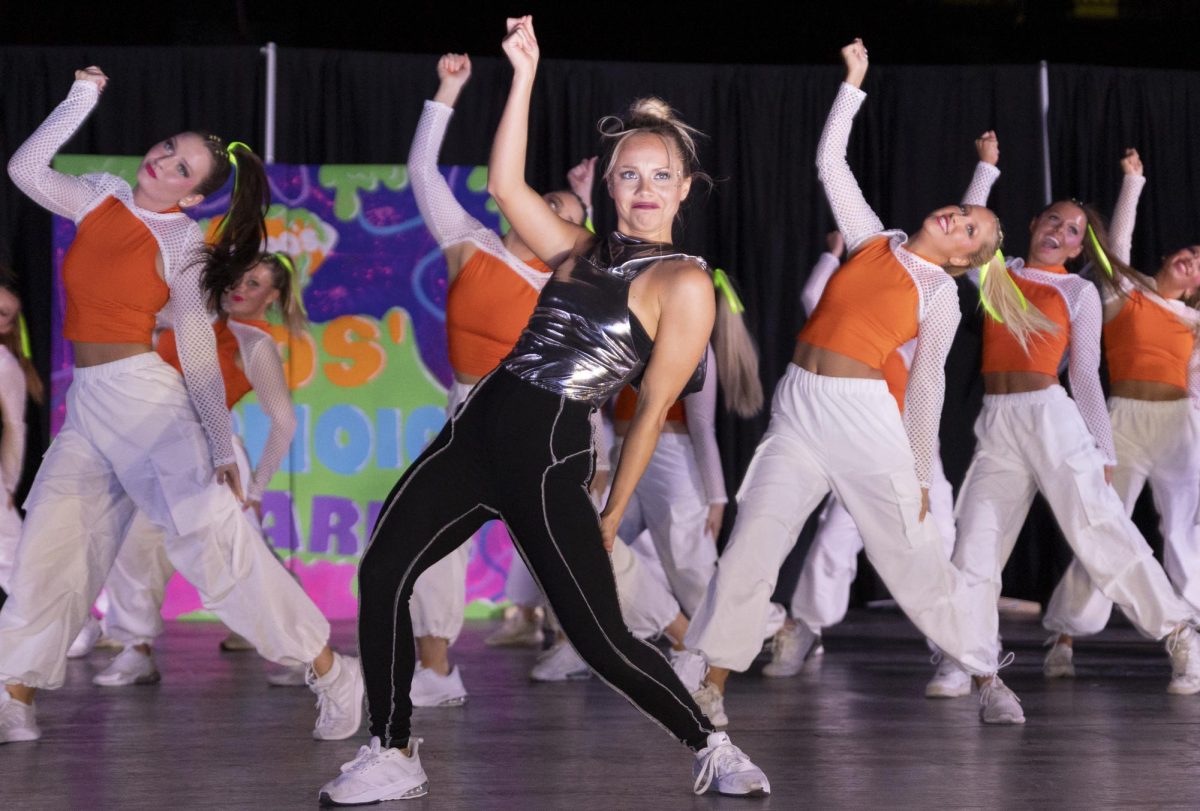Gatton accepts Class of 2016
March 25, 2014
After the most competitive year of submissions, Gatton Academy has taken its initial 290 applications, interviewed 110 candidates and finally accepted 59 students for the Class of 2016.
“The competition was very steep,” Gatton senior Joseph Crafton said of his entrance process two years ago. “You have a bunch of qualified students applying for a set number of spots for a very competitive school.”
In order to apply, students must have a 22 on the math portion of the ACT and have completed Geometry and two Algebra classes by their sophomore year in high school. The incoming class, however, averaged a 30.1 in math.
Only about 130 students can fit in Schneider Hall, so admission depends on the number of returning students and available state funding. Generally, the funding can cover around 120 students, and they recently increased to 126.
“I think this next year we’re going to try to squeeze in 128,” Gatton Academy director Tim Gott said. “This year we easily could’ve gotten 120 or 130 onto the list and taken any student who would’ve been very qualified to be here.”
Where as last year had 70 slots to fill, the Class of 2016 only had 59, leaving an 11 student difference not able to be accepted. Several close factors come into play whenever the decision is left so close. Simply a point on the ACT or the hometown can decide whether a student is accepted or not.
Once a student is in the Academy, they have to begin the rigorous coursework to graduate, which requires that they take about 17 hours a semester, nine of those being math and science courses. By graduation, a student will have attained around 65 college credits and their high school diploma.
“It’s not for every student; it’s incredibly demanding,” Gott said. “Even most college students aren’t going to try to take three math and science classes their first semester of college.”
The Academy works to increase the rigor for students, giving them research and travel opportunities that they would not find in their former high schools.
Students are also given a community featuring others that are dealing with similar course loads and school experiences.
“After going through the Academy, we’re more able to adapt to a higher level learning environment,” Crafton said. “We’re better able to talk to our peers and mentors about what we’re taking and what we’re researching.”
Every year, schools such as Stanford and MIT send recruiters to Gatton, and University of Louisville, University of Kentucky and Western have specific scholarships for the alumni.
In-state schools see 70 percent of Gatton graduates attend with abundant scholarships. “To me, that’s one of the most important parts of the school – we are trying to help students become what they are capable of becoming,” Gott said.



















![Students cheer for Senator at Large Jaden Marshall after being announced as the Intercultural Student Engagement Center Senator for the 24th Senate on Wednesday, April 17 in the Senate Chamber in DSU. Ive done everything in my power, Ive said it 100 times, to be for the students, Marshall said. So, not only to win, but to hear that reaction for me by the other students is just something that shows people actually care about me [and] really support me.](https://wkuherald.com/wp-content/uploads/2024/04/jadenmarshall-600x422.jpg)



